I like to pretend that my art has nothing to do with me
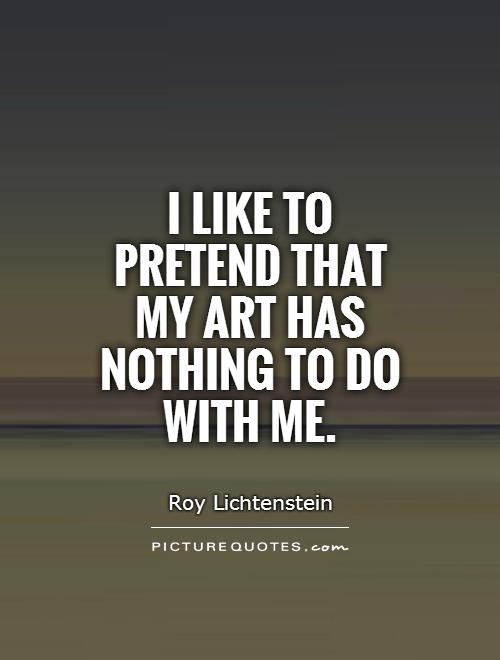
I like to pretend that my art has nothing to do with me
Roy Lichtenstein was a prominent figure in the Pop Art movement of the 1960s, known for his bold, graphic style and use of comic book imagery. One of the most intriguing aspects of Lichtenstein's work is his ability to distance himself from his art, often claiming that it has nothing to do with him personally. This statement raises questions about the relationship between an artist and their work, and the ways in which art can be interpreted and understood.Lichtenstein's statement that his art has nothing to do with him can be seen as a way for him to maintain a sense of objectivity and detachment from his work. By removing himself from the equation, Lichtenstein allows viewers to form their own interpretations and connections to his art, free from the influence of his personal identity. This approach can be seen as a way for Lichtenstein to create a sense of universality in his work, allowing it to speak to a wide range of audiences without being limited by his own experiences and perspectives.
At the same time, Lichtenstein's statement can also be seen as a way for him to challenge traditional notions of authorship and originality in art. By claiming that his art has nothing to do with him, Lichtenstein raises questions about the role of the artist in the creative process and the ways in which art is produced and consumed. In a sense, Lichtenstein's statement can be seen as a way for him to subvert the idea of the artist as a singular, autonomous creator, and instead position himself as a conduit through which ideas and images are filtered and transformed.
Overall, Lichtenstein's statement that his art has nothing to do with him is a provocative and thought-provoking assertion that challenges conventional understandings of art and the artist. By distancing himself from his work, Lichtenstein opens up new possibilities for interpretation and engagement, inviting viewers to explore the meaning and significance of his art on their own terms. In this way, Lichtenstein's words serve as a reminder of the power of art to transcend individual identity and speak to the universal human experience.
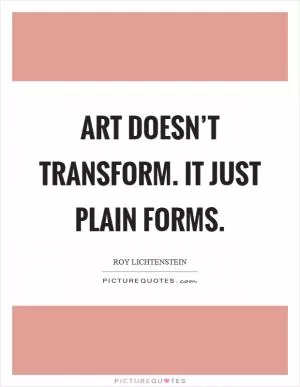
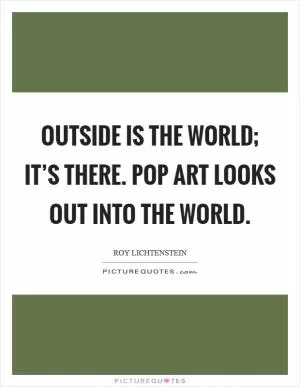
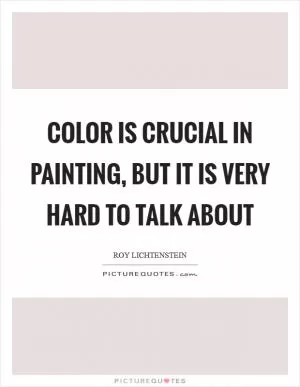
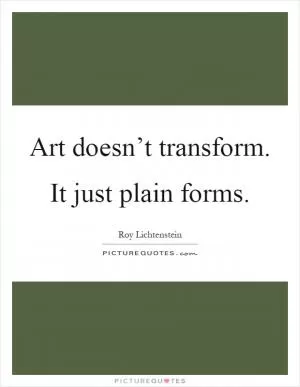

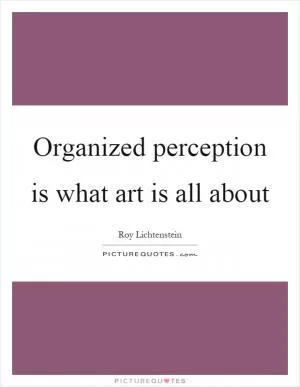
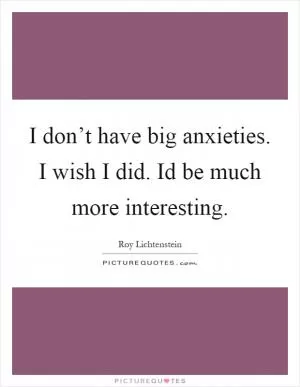
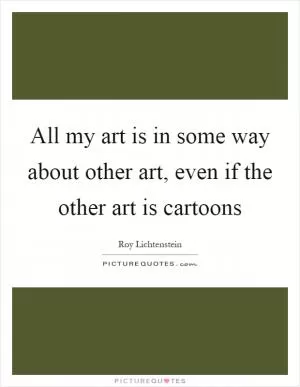


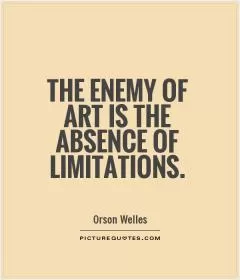

 Friendship Quotes
Friendship Quotes Love Quotes
Love Quotes Life Quotes
Life Quotes Funny Quotes
Funny Quotes Motivational Quotes
Motivational Quotes Inspirational Quotes
Inspirational Quotes